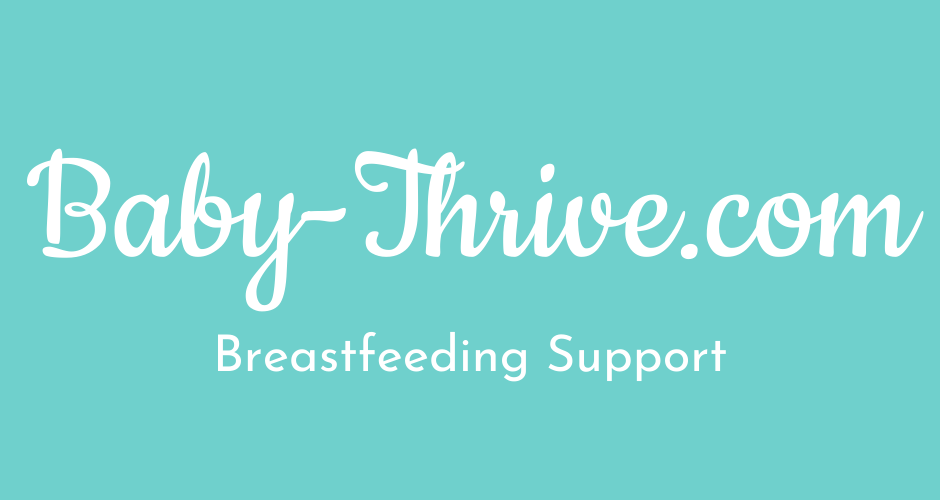Blisters/Blebs on nipples - Why do they happen & how to treat them.
What is the little blister/pimple on my nipple?
Do you have a pinprick pain on your nipple? If you look closely is there a pimple-like waxy plug blocking a nipple pore?
This could be a “Bleb” or “Milkspot” or “Nipple blister”.
How to treat a milk blister?
You can read lots of info online about unroofing blebs (meaning to poke it with a needle or using a hot compress or rubbing with a towel to try to break the bleb out), but the treatment likely to cause the least damage, is to use a steroid cream as this will very gently release the bleb.
You should ask your GP to prescribe the cream (resources below to share).
Is steroid cream safe for breastfeeding?
Steroid cream does not need to be wiped off before you feed your baby. If you are worried or find the nipple to be slippy, then swish your breast around in a bowl or sink of warm water before feeding. Actively wiping at sore/damaged nipples can make things worse.
I suggest putting the cream on immediately after feeds, then you are less likely to need to worry about this.
Blebs can cause a congested area in your breast (mastitis):
The bleb is likely blocking an exit for milk, so then you get a congested milk duct behind it which should be treated like mastitis - ice/ibuprofen/gentle sweeping massage away from the nipple.
Physicians guide to breastfeeding states:
“If you have a bleb that has caused milk obstruction in your breast, apply BAIT (Breast rest, Advil, Ice, Tylenol) principles and seek medical evaluation for triamcinolone for the nipple orifice, therapeutic ultrasound, and instructions regarding sunflower lecithin by mouth”
So the English version of that is ibuprofen, and triamcinolone is a mild steroid cream (like emovate cream in the UK). Emovate is safe for use when breastfeeding & you don’t need to wipe it off before feeding.
Gentle sweeping massage towards the armpit and pectoral stretches:
Another treatment option:
Ultrasound:
Ultrasound info here can break up & disperse a milk bleb. The links below are focussed on mastitis but these locations also use ultrasound for milk blebs. I have seen this treatment be very effective.
A few places in London offering this:
https://pelvicare.uk/treatments/therapeutic-ultrasound
https://www.sprintphysio.co.uk/mastitisandlactation
How to reduce the chance of it happening again:
Sunflower lecithin as a preventative supplement:
Sunflower or soy lecithin 5–10g daily by mouth may be taken to reduce inflammation in ducts and emulsify milk.
What is the cause of a milk blister?
Physicians guide to breastfeeding (linked below) states:
“They are not related to infant trauma or latch in any way. Because blebs are very painful, moms often believe the infant has a poor latch or otherwise has contributed to the problem. However, this is another example of association rather than cause and effect in lactation”.
A bleb is an inflammatory spot that forms over a milk duct opening, made up of shedding skin cells, fats from milk, and bacterial byproducts. Think of it like a clogged drain—debris builds up and eventually moves through.
Nipple blebs are common with oversupply of milk, those who pump frequently (which can change the breast’s microbiome), and those who have had a C-section (which can also affect the microbiome).
Some resources:
Pages to share with GP;
⚠️ includes medical pictures of damaged nipples
https://physicianguidetobreastfeeding.org/mythbusters/blebs-mythbusters/
⚠️ includes medical pictures of sore breasts & abscess
P369 B - mentions steroid cream for blebs
https://www.bfmed.org/assets/ABM%20Protocol%20%2336.pdf
I’d love to hear what worked for your family.
If you have any questions regarding anything mentioned in this post, please feel free to get in touch.

